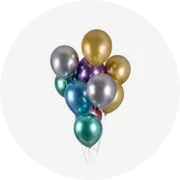
Wholesale Mothercare Ergonomic Baby Carrier Sling Wrap Kangaroo Bag With Hip Seat For Infant Baby Newborn To Toddler

Coches Para Bebes. Luxury Foldable Stroller Baby Pushchair Compact Lightweight Travel Baby Stroller Pram 2 In 1 For Airplane






















Find safe and reliable 2 1 baby carrier on Alibaba.com to make babywearing a lot easier. Practicing wearing a baby can help with the baby’s health and mood and provides a multitude of other benefits. These 2 1 baby carrier come in a variety of styles and designs to suit the needs of the wearer.
Trying to get a baby to stop crying is probably the most challenging part of being a new parent. Using these 2 1 baby carrier may help with this problem as many babies show a reduction in crying and fussing when being worn. With products on Alibaba.com, wearing a baby is low-risk and can promote their growth and overall health. Special carriers are designed to hold baby’s close, helping to regulate their temperature, heartbeat, and breathing patterns.
Connecting to a young baby can sometimes feel like a challenge but using 2 1 baby carrier can help to intensify and even strengthen that connection and bond. It helps parents to read a baby’s cues a lot more confidently and the bond it forms will have long-term benefits. Being able to do chores around the house with both hands is also a plus for these products as many new parents find it hard to get anything done holding a baby.
Find competitive 2 1 baby carrier offers without compromising on safety on Alibaba.com. These products come from a range of suppliers and manufacturers who provide safe babywearing items for their customers. Enjoy stronger bonding with infants and shop online today.